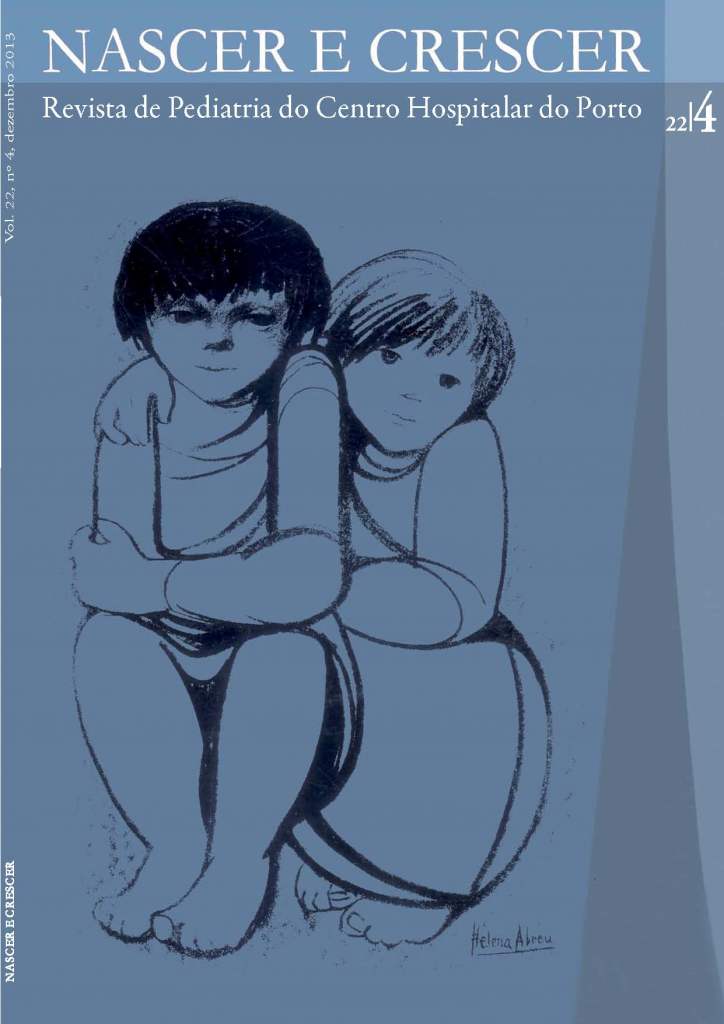Dermatology Case
DOI:
https://doi.org/10.25753/BirthGrowthMJ.v22.i4.9911Keywords:
Dermatophyte hypersensitivity reaction, Kerion Celsi, tinea capitisAbstract
Kerion Celsi is an inflammatory presentation of tinea capitis, caused by a hypersensitivity reaction mediated by T lymphocytes of the dermatophyte in hair follicles. The early clinical recognition avoids invasive procedures. Hyperleukocytosis/ leukemoid reactions are hematologic reactional responses that may result. The most frequently involved agents are Trichophyton verrucosum, Trichophyton mentagrophytes, Microsporum canis and Microsporum gypseu. The clinical spectrum is widely variable.
Downloads
References
Proudfoot LE, Morris-Jones R. images in clinical medicine.
Kerion Celsi. N Engl J Med 2012; 366:1142.
Pomeranz AJ, Sabnis SS. Tinea capitis: epidemiology, diag-
nosis and management strategies. Paediatr Drugs 2002;
:779-83.
Patel GA, Schwartz RA. Tinea capitis: still an unsolved pro-
blem?. Mycoses 2011; 54:183-8.
Michaels BD, Del Rosso JQ. Tinea capitis in infants: recogni-
tion, evaluation and management suggestions. J Clin Aesthet
Dermatol 2012; 5:49-59.
Downloads
Published
How to Cite
Issue
Section
License
Copyright and Authors' Rights
All articles published in Nascer e Crescer - Birth and Growth Medical Journal are Open Access and comply with the requirements of funding agencies or academic institutions. For use by third parties, Nascer e Crescer - Birth and Growth Medical Journal adheres to the terms of the Creative Commons License "Attribution - Non-Commercial Use (CC-BY-NC)".
It is the author's responsibility to obtain permission to reproduce figures, tables, etc. from other publications.
Authors must submit a Conflict of Interest statement and an Authorship Form with the submission of the article. An e-mail will be sent to the corresponding author confirming receipt of the manuscript.
Authors are permitted to make their articles available in repositories at their home institutions, provided that they always indicate where the articles were published and adhere to the terms of the Creative Commons license.


